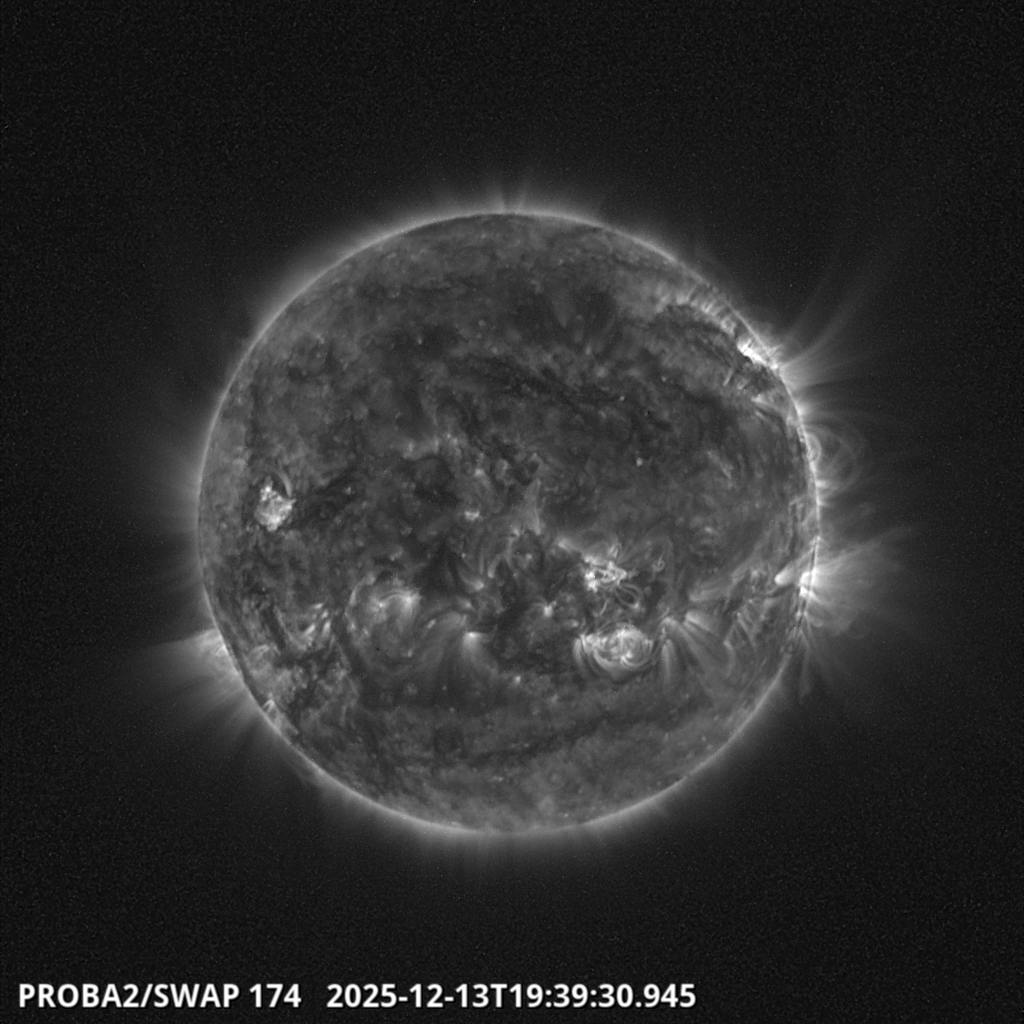A Giant Concurrent Radio & γ-Ray Flare From Cygnus X-3 (FLT J2032.2578+4057.279)
The high-mass X-ray binary* (HMXB) Cygnus X-3 (a.k.a V* V1521 Cyg; RX J2032.2578+4057.279) is one of the brightest objects in the X-ray sky, third brightest in the Cygnus constellation (Seward & Charles 2010). Cygnus lies 27000 light years from Earth and is heavily obscured by dust and interstellar gas, but if one were to remove the obscuration then it would be appear to be one of the most intrinsically luminous extrasolar objects in our Galaxy after the stars Sirius and Canopus. Coupled with frequent flaring activity of its relativistic jets, Cygnus X-3 (Cyg X-3) is one of the most active microquasars and is the only Galactic black hole candidate with confirmed high-energy γ-ray emission in the Galaxy (Corbel et al. 2012).
N.B.*A HMXB is a binary star system that is strong in X rays where the stellar component is a massive star: usually a Harvard spectral class O or B star, a Be star, or a blue supergiant. The X-ray emission is caused by the accretion of the gases of the massive star onto a compact object, perhaps a neutron star (NS), a black hole (BH) or perhaps more exotic, rarer variants. As Cygnus X-3 is considered a HMXB because the optical counterpart to the compact object in the Cyg X-3 system, V1521 Cyg, is a high-mass Wolf-Rayet star of mass as inferred from the observation of broad emission lines of He [I] and He [II] and a lack of strong hydrogen spectral features in its emission profile (van Kerkwijk et al. 1992).
Cygnus X-3 was discovered almost 50 years ago back in 1967 by Giacconi et al. (1967). The compact object within Cyg X-3 is thought to be a black hole, which mutually orbits its Wolf-Rayet companion star every 4.8 hrs (Parsignault et al. 1972). Like most other accreting X-ray binaries, Cyg X-3 has variability in the hard (10-100keV) and soft (1-10keV) X-ray energy bands which is partially absorbed by a surrounding dense stellar wind (Szostek, Zdziarski & McCollough 2008; Hjalmarsdotter et al. 2009). Cyg X-3 is also known for the recurrent activity of its relativistic jets that make it one of the brightest Galactic transient radio sources (Mioduszewski et al. 2001; Miller-Jones et al. 2004; Corbel et al. 2012).
Through simultaneous AGILE and Fermi/LAT detections (Tavani et al. 2009; Abdo et al. 2009) of high energy γ–rays (>100MeV) Cygnus X-3 has now been classified as the first accreting microquasar† related to γ–ray emission (Corbel et al. 2012). The γ-ray emission measured by the Fermi/LAT was found to be modulated on the orbital period, securing the identification as Cygnus X-3 (Abdo et al. 2009).
N.B. †A microquasar is a radio emitting X-ray binary with an associated variable radio emission with an accompanying accretion disc surrounding a compact object (either a neutron star or a black hole) that emits particles and high-energy photons as relativistic jets (Tavani et al. 2009). Galactic ‘microquasars’ also produce relativistic jets, generally together with radio flares.
After this first emission detection above the 100MeV threshold both Bulgarelli et al. (2010) and Williams et al. (2011) reported a very short γ-ray flare during a short transient softening of Cygnus X-3, however no evidence for emission above 250 GeV has been found (Aleksíc et al. 2010). In early 2011 February, Cyg X-3 was observed to transit to a soft X-ray state, a period known to be associated with high energy gamma-ray emission. A giant (20 Jy) optically thin radio flare marked the end of the soft state. In addition, the observations unambiguously showed that the γ-ray emission is not exclusively related to the spectacular and rare giant radio flares. A 3-week period of gamma-ray emission was also detected earlier during soft state, when Cyg X-3 was weakly flaring in radio, with 15 GHz peak flux density of 0.6 Jy.
Corbel et al. (2012) suggest transitions into and out of the ultra-soft X-ray (radio quenched) state trigger γ-ray emission, implying a connection to the accretion process and that the γ-ray activity is related to the level of radio flux (and possibly shock formation), strengthening the connection of both events to the relativistic jets emitting from Cygnus X-3.
Journal References:
- Tavani, M.; et al. (2009) Extreme Particle Acceleration In The Microquasar Cygnus X-3. Nature, 462 (7273): pp. 620-623.
- Bulgarelli, A.; et al. (2012) AGILE Detection Of Cygnus X-3 γ-Ray Active States During The Period Mid-2009-Mid-2010. Astronomy & Astrophysics, 538: Article I.D.: 63.
- Zdziarski, A.A; et al. (2012) The γ-Ray Emitting Region Of The Jet In Cyg X-3. Monthly Notices Royal Astronomical Society, 421 (3): pp.1611-1620.
- Corbel, S.; et al. (2012) A Giant Radio Flare From Cygnus X-3 With Associated γ-Ray Emission. Monthly Notices Royal Astronomical Society, 421 (4): pp.2947–2955.















Comments are closed.